Weightlifting plays a crucial role in enhancing the performance of boxers. Whether you are a professional or an amateur boxer, weight training can increase strength, endurance, and power, making you a formidable opponent in the ring. In this guide, we’ll explore the key benefits of weight lifting for boxers, the ideal exercises, and how to structure a boxer weight lifting workout to maximize performance.
Why Weight Lifting for Boxers Is Essential
Boxing demands not only speed and agility but also explosive power and endurance. By integrating weight training into your routine, you can build a solid foundation that improves your overall athleticism. Here's why weight lifting is essential for boxers:
- Increased Punch Power: Stronger muscles in your upper body, core, and legs allow you to generate more force with each punch.
- Improved Stamina: Weight training for boxers helps develop endurance, ensuring you can maintain a high level of intensity throughout the fight.
- Enhanced Stability and Balance: Weight lifting strengthens your core, which is critical for maintaining balance during fast movements and while absorbing punches.
- Injury Prevention: Strengthening muscles and tendons through weight training can help prevent injuries that might occur from the repetitive motions in boxing.
Types of Weight Training for Boxers
When considering weight training for boxers, the key is to focus on exercises that develop the functional strength needed in the ring. Below are the types of weight training that benefit boxers:
a. Power Lifting
Power lifting exercises like deadlifts, squats, and bench presses help boxers develop overall strength. These exercises primarily target large muscle groups and improve your ability to generate force.
b. Olympic Weightlifting
Olympic lifts, such as the clean and jerk and snatch, are explosive movements that help boxers develop power, speed, and coordination. These lifts mimic the quick bursts of energy required in boxing.
c. Functional Training
Functional weight training involves exercises that replicate the movements used in boxing. Medicine ball slams, kettlebell swings, and resistance band work help improve boxing-specific skills, such as rotation and punching power.
Key Benefits of Weight Lifting for Boxers
Weight lifting for boxers provides several advantages that directly impact performance. The following benefits can be observed with consistent and properly structured training:
a. Increased Explosive Power
Boxers rely on quick, powerful movements, especially when throwing punches. Weight training exercises such as jump squats or clean and jerks are designed to boost explosive strength, helping boxers throw more powerful punches with greater force.
b. Enhanced Speed and Agility
Weight training helps build muscle endurance, which supports fast and efficient movement. With a stronger physique, boxers can maintain high speeds and better footwork during the fight.
c. Improved Endurance
Strengthening the muscles used during boxing helps reduce fatigue during prolonged rounds. Weight training boxers benefit from improved muscular endurance, allowing them to keep up with the pace throughout each round.
d. Mental Toughness
The discipline of lifting weights and pushing through heavy sets fosters mental toughness. Boxers who commit to weight training often develop resilience, which is vital when facing challenges in the ring.
A Sample Boxer Weight Lifting Workout
Now that we’ve discussed the benefits of weight training for boxers, it’s time to create a structured weightlifting workout. A boxer weight lifting workout should include a combination of strength, explosive power, and endurance training.
a. Warm-Up:
- Jump rope (5–10 minutes)
- Dynamic stretches (leg swings, arm circles)
- Light shadowboxing
b. Workout Routine:
- Deadlifts (3 sets x 5 reps): A full-body power movement that strengthens the lower back, hamstrings, and core.
- Box Squats (4 sets x 8 reps): Strengthen the legs and core for better footwork and stability.
- Overhead Press (3 sets x 5–6 reps): Targets the shoulders, improving punch endurance.
- Medicine Ball Slams (4 sets x 10 reps): Improves explosive power and rotational strength, essential for punching power.
- Kettlebell Swings (3 sets x 12 reps): Focuses on the hip drive, which is key for generating punching force.
- Pull-Ups (3 sets x max reps): Enhances upper body strength and endurance for clinching and grappling.
- Farmer’s Walks (3 sets x 30 seconds): Builds grip strength, important for holding onto your opponent and maintaining control.
c. Cool Down:
- Static stretching for the legs, arms, and back
- Foam rolling to improve recovery
Best Weight Training Exercises for Boxers
Incorporating a variety of weight training exercises into your workout will target different muscle groups and improve boxing performance. Some of the best exercises include:
- Squats and Variations: Boxers need strong legs for movement and stability. Squats and their variations (such as goblet squats or lunges) can help build leg strength for better footwork and solid punches.
- Bench Press: The bench press targets the chest, shoulders, and triceps—key muscles used in punching. Adding this to your workout helps build upper body strength.
- Clean and Jerk: This Olympic lift improves explosiveness and overall power, especially for generating punch force.
- Push Press: The push press helps with shoulder strength and stamina. Having a strong press motion translates into better endurance in punching.
The Role of Core Strength in Boxing and Weightlifting
Your core is essential for every movement in boxing, from punching to footwork. Weight training for boxers should include core-strengthening exercises such as:
- Russian Twists: Improves rotational strength for powerful hooks and body shots.
- Planks: Strengthens the abdominal muscles, which are key for balance and stability.
- Cable Woodchoppers: Mimic the twisting motion of a punch and build power for hooks and uppercuts.
How Often Should Boxers Lift Weights?
Frequency is key when it comes to weight training for boxers. Too much weight lifting can lead to fatigue, while too little can fail to yield results. Here’s an optimal weight training schedule:
- Twice a Week: For amateur boxers, lifting twice a week is ideal. This allows for recovery and ensures proper energy levels for boxing training.
- Three to Four Times a Week: Professional boxers may incorporate weightlifting more frequently, but should always prioritize recovery and avoid overtraining.
- Weight Training in Between Boxing Sessions: Always allow at least one rest day between weight lifting and intense boxing workouts. Recovery is just as important as training.
Combining Weightlifting with Boxing Practice
Boxers should balance their weight training with regular boxing practice. The key is to avoid overwhelming the body with both activities on the same day. Here are a few tips for integrating both:
- Separate Sessions: If possible, split weight lifting and boxing practice into different days to allow for optimal recovery.
- After Boxing Training: Some boxers choose to lift weights after their boxing training, as their focus is on boxing during their primary workout.
- Intensify on Light Boxing Days: If you're having a lighter boxing day, consider making your weightlifting session more intense.
Common Mistakes Boxers Make with Weight Lifting
When it comes to weight training for boxers, there are common mistakes that could derail progress. Here are some errors to watch out for:
- Lifting Too Heavy: Going too heavy on certain lifts without proper form can lead to injuries.
- Neglecting Functional Strength: It’s important to focus on exercises that mimic the movements in boxing rather than purely isolating muscle groups.
- Skipping Recovery: Failing to allow proper recovery time between workouts can lead to burnout and injury.
Conclusion: Maximize Boxing Performance with Weight Lifting
Incorporating weight training for boxers can significantly enhance power, speed, and endurance. By combining strength training with skill work, boxers can build a more well-rounded athletic base, improving their in-ring performance and reducing the risk of injury. A balanced approach to weightlifting—focusing on strength, power, and functional exercises—will help take your boxing career to the next level.
Frequently Asked Questions
-
Can weight lifting help with my punching power? Yes! Weight lifting builds the muscles involved in throwing punches, increasing their strength and explosive power.
-
How often should I lift weights as a boxer? Aim for two to three weightlifting sessions per week, with sufficient rest and recovery between boxing and lifting sessions.
-
What are the best exercises for boxers? Squats, deadlifts, overhead presses, clean and jerks, and medicine ball slams are some of the best exercises to improve boxing performance.
-
Should I lift weights on the same day as my boxing workout? Ideally, separate your weightlifting and boxing workouts into different days to maximize performance and recovery.
-
Can weightlifting help prevent boxing injuries? Yes, by strengthening muscles and tendons, weightlifting reduces the risk of injuries, especially in the shoulders, back, and legs.
-
How long does it take to see results from weightlifting for boxing? Depending on the intensity and consistency of your weightlifting routine, you should start seeing improvements in your strength and power within a few weeks.

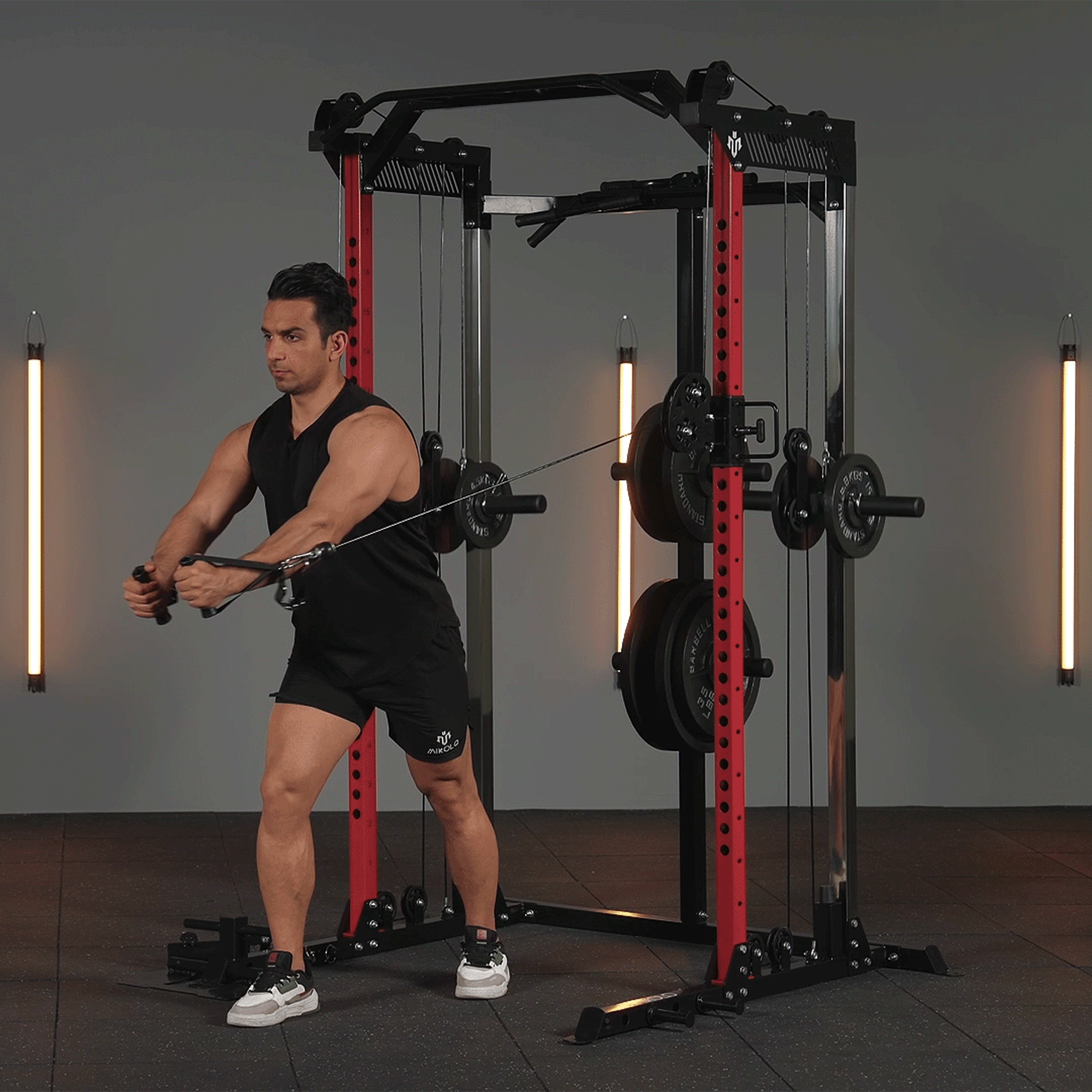









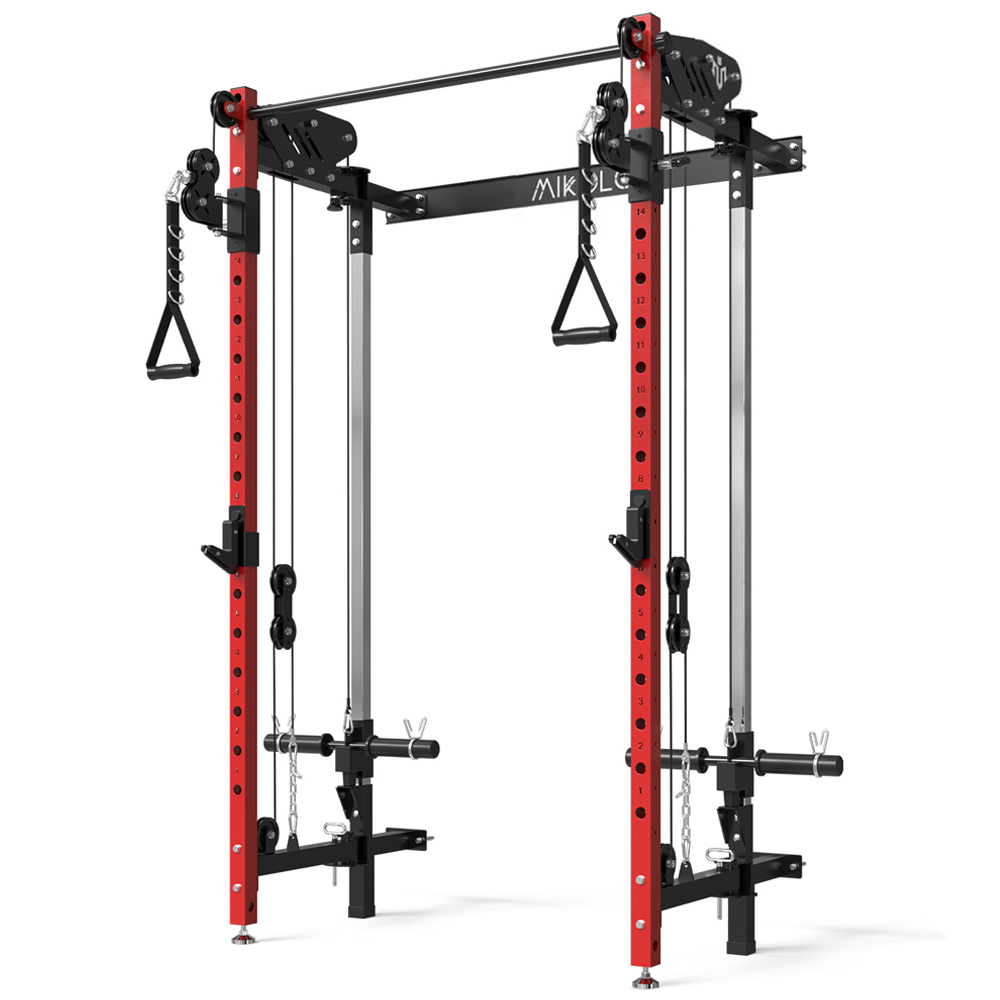
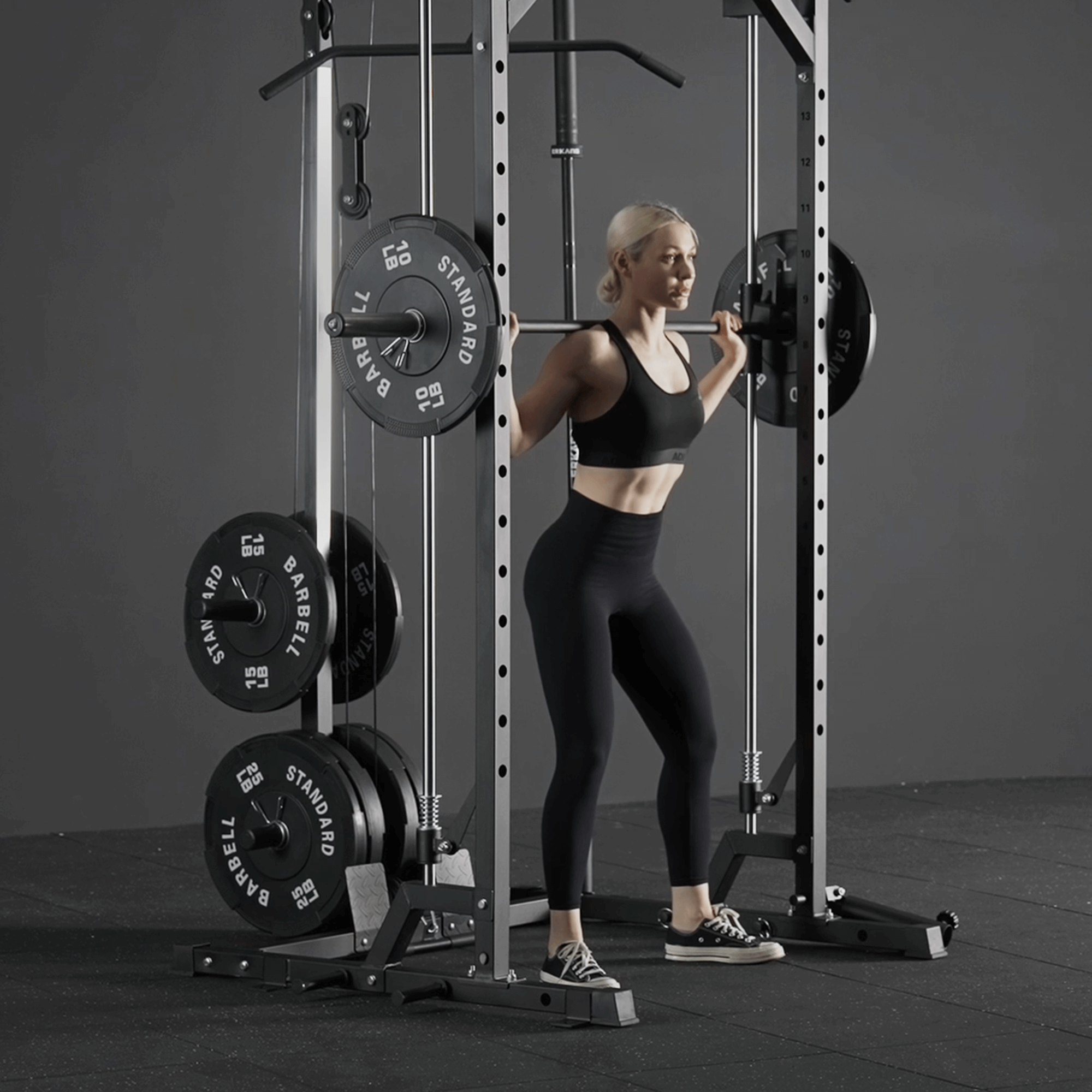





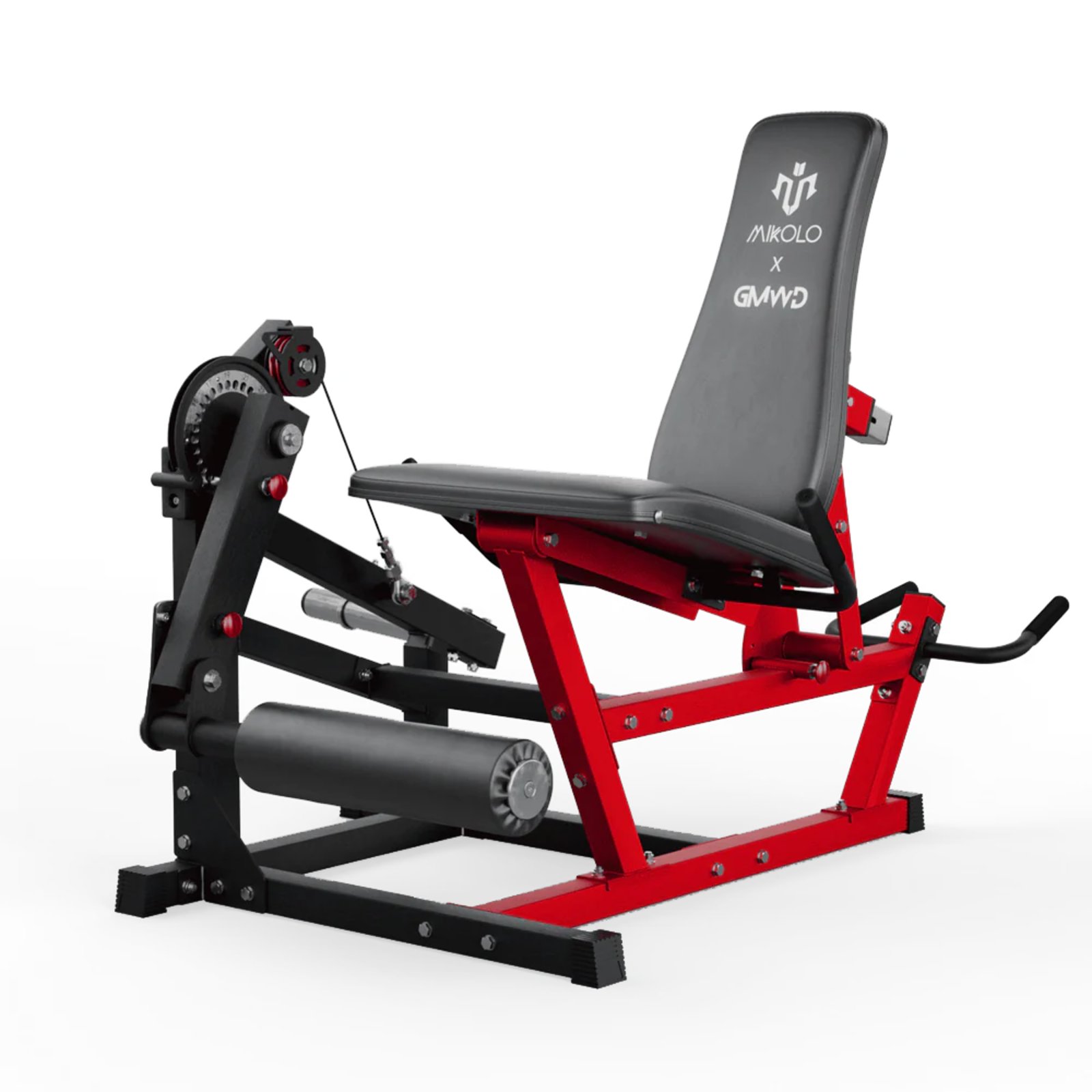
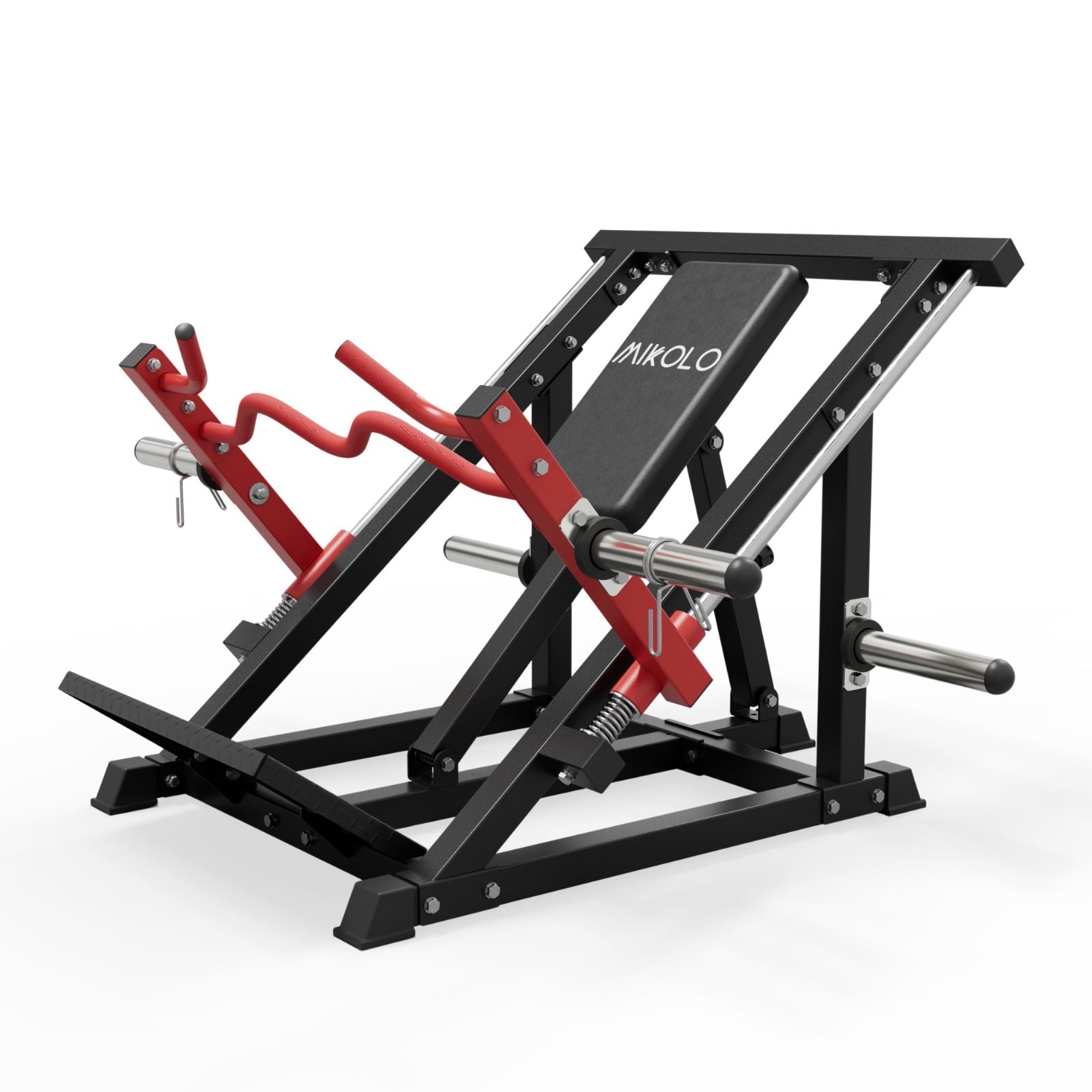
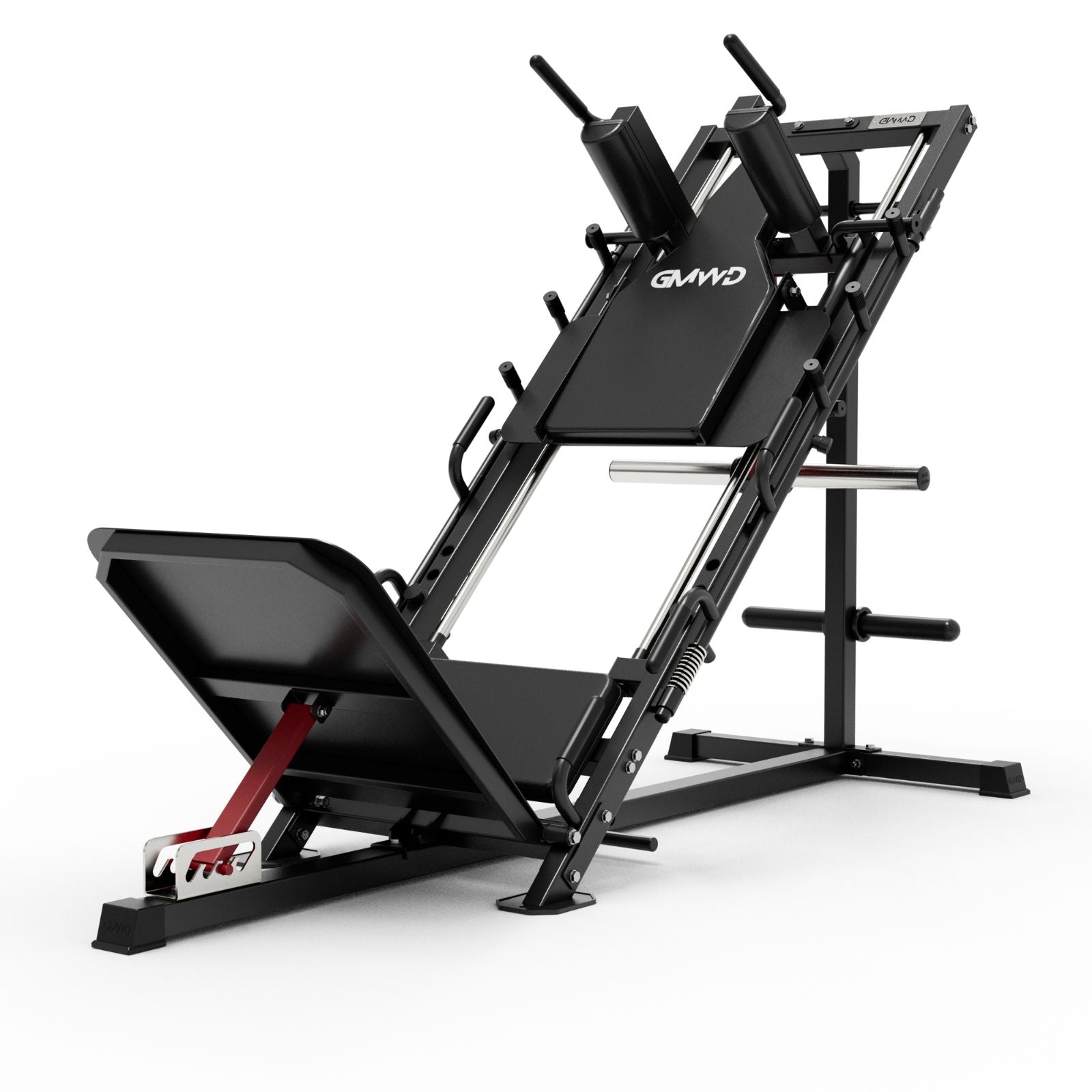
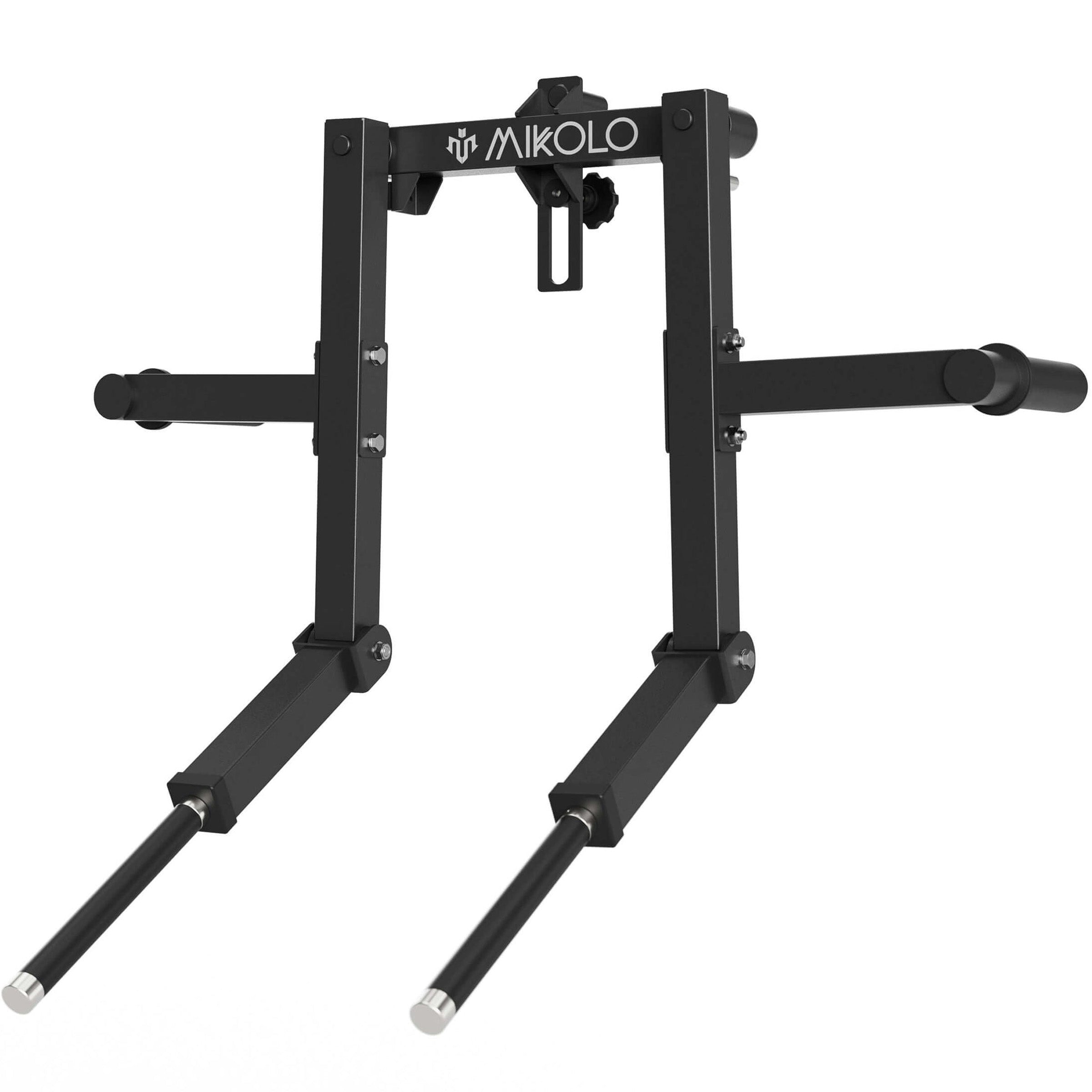
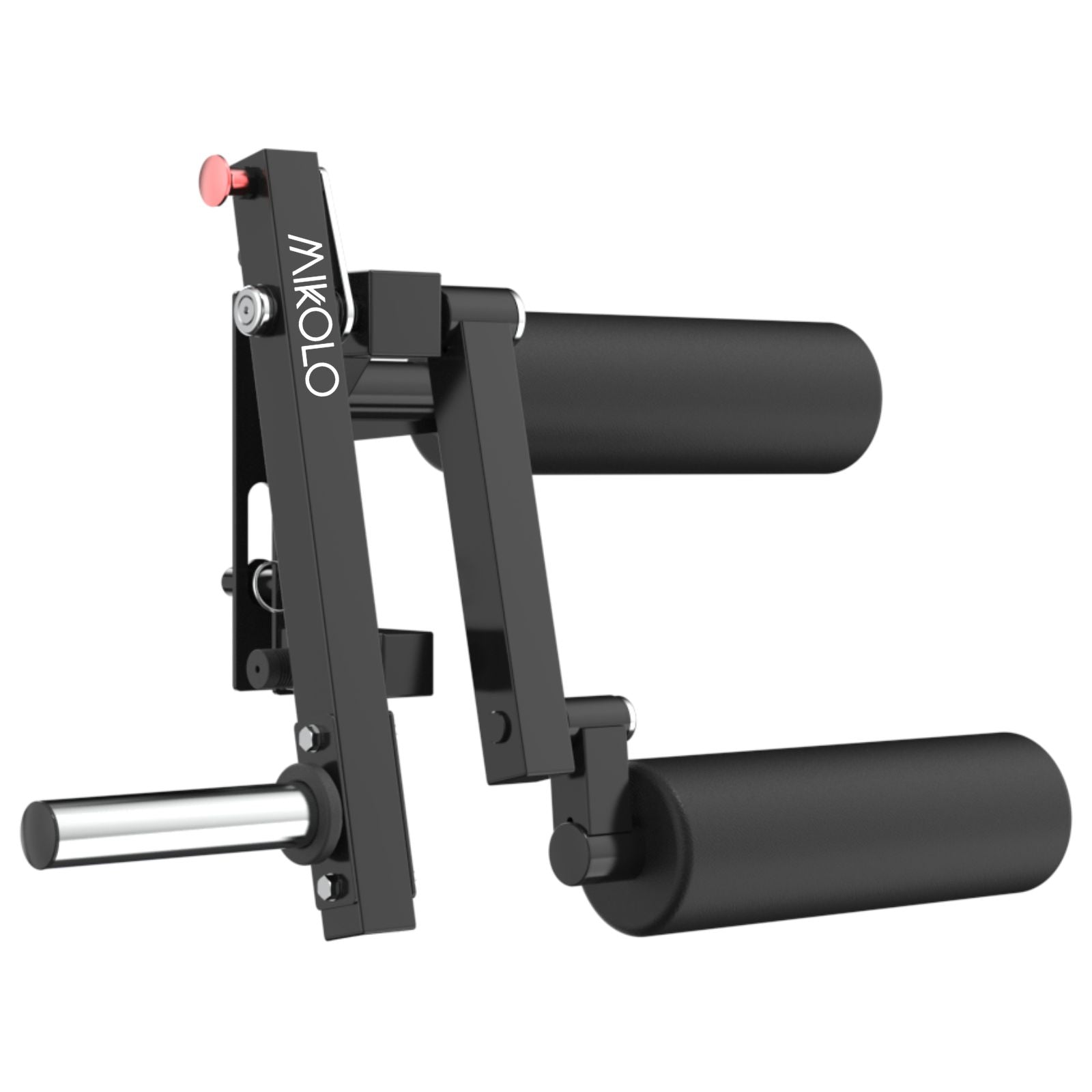



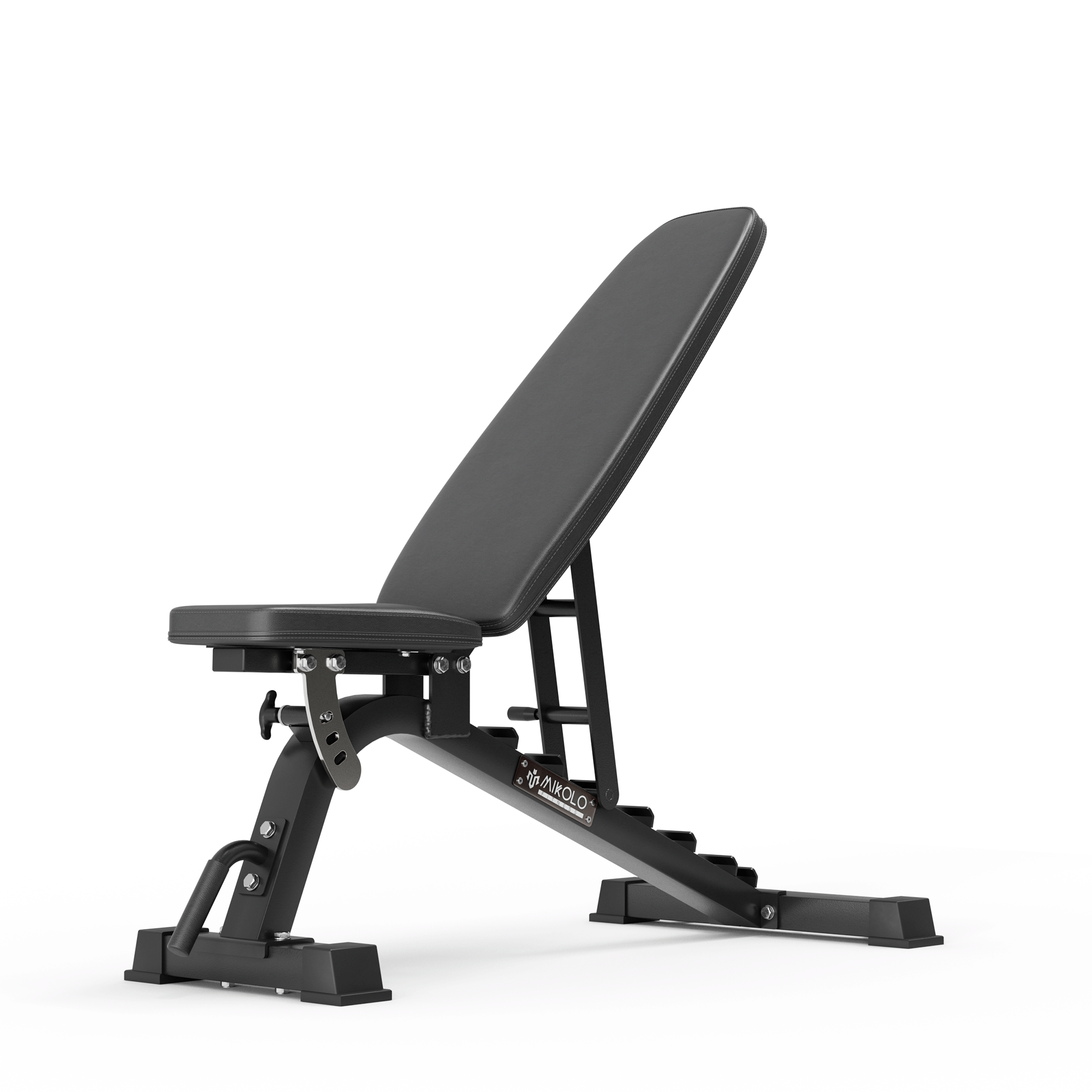











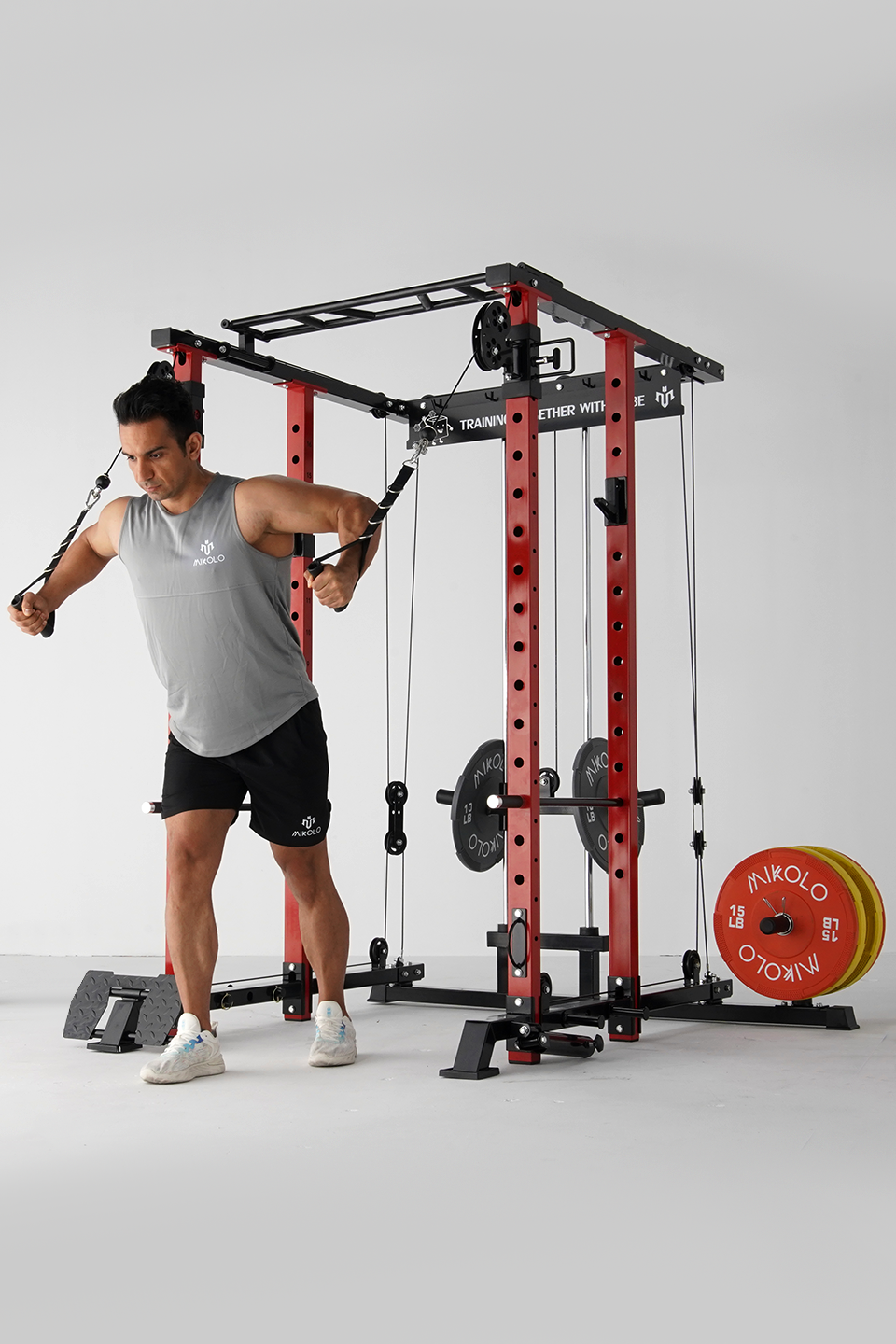



Leave a comment
This site is protected by hCaptcha and the hCaptcha Privacy Policy and Terms of Service apply.